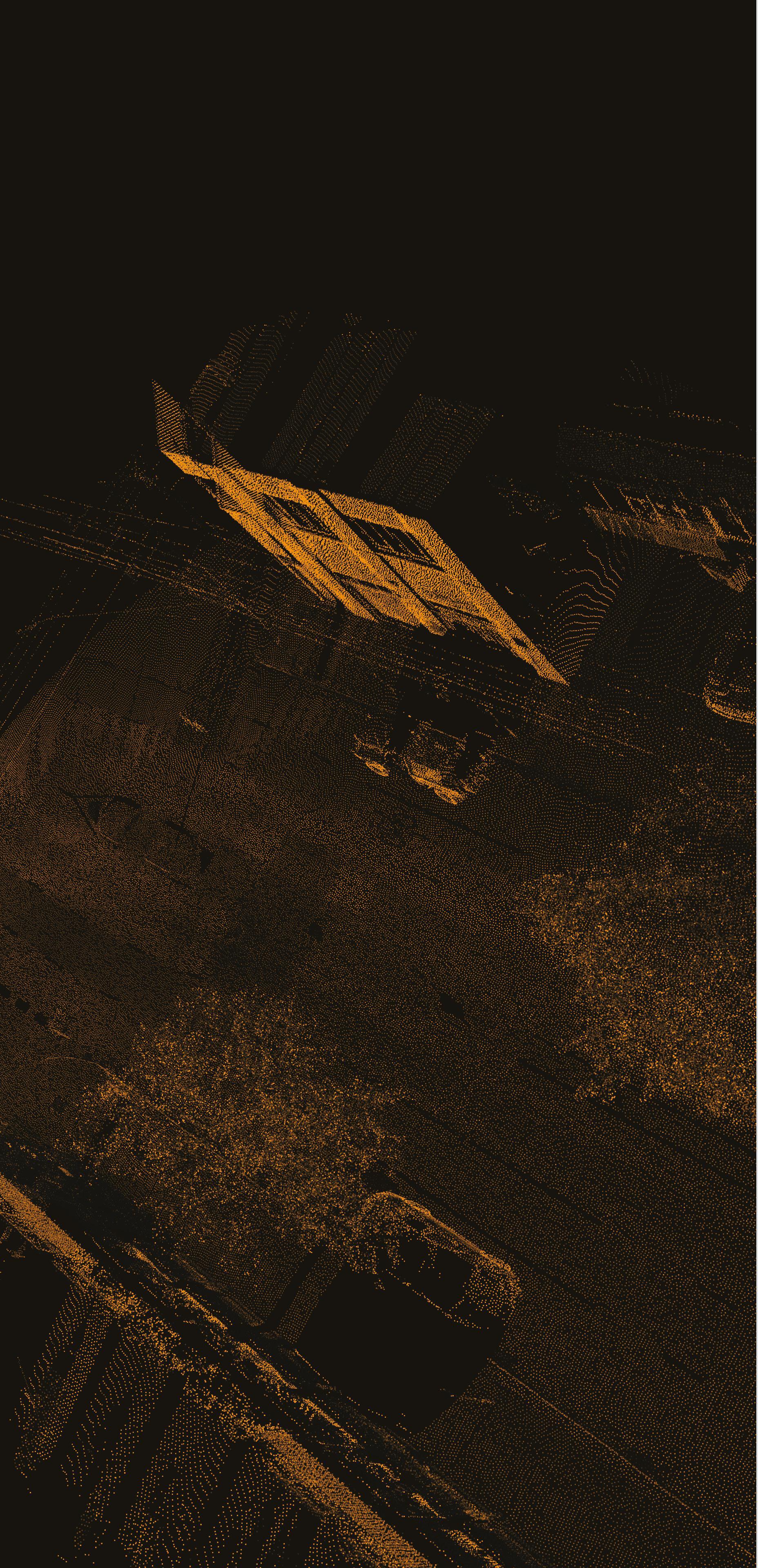
2 minute read
EDITOR’S WELCOME W
elcome to Energy’s second edition of 2023, and the first with me as the new Editor. It is fantastic to step into the role after working as Energy’s assistant editor in recent editions and as a journalist for Energy and its sister publications over the last 12 months.
As the daughter of an electrician, growing up in Wagga Wagga, New South Wales, I know first-hand how important energy is in keeping communities connected. From the early-morning call outs to the local shopping centre or the middle-of-the-night calls due to residential power outages across the region, tradies like my father are, and will continue to be, a workforce that keeps Australia running.
Advertisement
Understanding the growing challenges of the energy transition, and the everyday people it affects, means I am excited to continue the legacy of sharing thoughtprovoking insights and news of my editorial predecessors in the always-evolving sector.
Part of the energy transition is balancing what is easy with what is right. I spoke with the First Nations Clean Energy Council to discuss the core challenges around, and the importance of, having First Nations people at the forefront of the energy transition and the federal strategy underway to ensure this is the case. The resulting interview on how to ensure best practice for engaging and partnering with First Nations people on clean energy projects can be seen on page 10.
This issue also features an interview with AGL Chief Operating Officer, Markus Brokhof, on the Liddell Power Station closure and the renewable focus ahead for the energy giant. We delve into the internal conversations that occurred post-demerger and what’s ahead for the industrial Energy Hubs on page 16.
We also hear from Snowy Hydro on its Snowy 2.0 project with a current construction update. Snowy Hydro shares how the scheme and its critical and iconic infrastructure is set to bring resilience to Australia’s energy market.
The Clean Energy Regulator shares its view on the rising need for renewables investments, and the necessity of genuine engagement of stakeholders. The importance of expanding and upskilling the workforce is another issue we delve into this issue, hearing from Solar Victoria on the plethora of success it’s had over the last few years, as well as a contribution from Accenture on what it will take to retrain and upskill employees into the future.
As the sector continues to adapt to the changing needs of a sustainable future, here at Energy we are too – reflecting these changing values in our updated features schedule. On page 64, our new features better represent the renewable focus of the sector as well as being more inclusive of the broad range of technologies being utilised and developed.
As always, if you have any topics, projects, technologies or challenges you want to see in future editions, don’t hesitate to reach out. I’d love to hear from you.
Holly Tancredi Editor



Waste To Energy
40 The missing link for the biogas boom
42 Full steam ahead for Western Australia’s waste to energy projects

Asset Management
44 Virtual asset assessment: digital intelligence solving network challenges
46 Developing an asset intelligence culture in your organisation
48 Energy system cybersecurity for an uncertain world
JOBS, TRAINING AND SAFETY
50 Solar Victoria’s holistic approach to industry training
52 Workforce upskilling and reskilling will be key to powering the energy transition

Consumers
54 What does putting “consumers at the centre” of the energy transition really mean?


Sustainability
60 Leader of the pack: the Aussiefirst aluminium recycling trial

Vegetation Management
62 Win-win: how solar farms can double as havens for our wildlife










